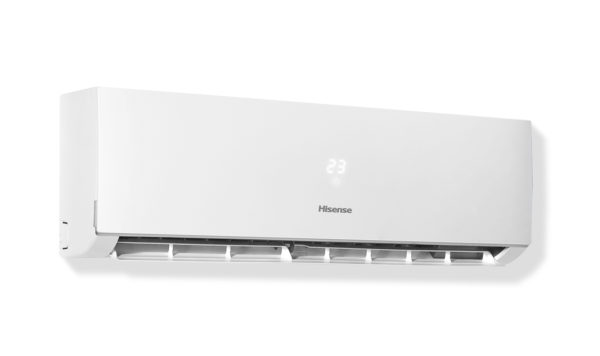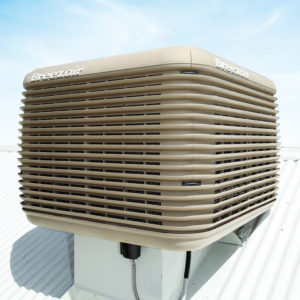Discussion – Air-conditioners // split systems vs evaporative
Cool Houses in Hot (arid and semi-arid) Climates
During a Housing for health project in rural NSW in 40+ celsius degree temperatures a discussion was had about which common system is a better option to cool down houses; a split system air-conditioner (which uses refrigerant) or an evaporative air-conditioner (which uses water). The discussion boils down to split systems can create cooler rooms but are more expensive to run for the tenant but evaporative air-conditioners cool larger areas, are cheaper to run but require more maintenance.
The ability to cool down a house is HLP8 – Controlling the Temperature of the Living Environment, this becomes more important the further west you move in NSW (1, 3, 5).
Living in houses that are too cold or too hot can contribute to a range of physical illnesses and can cause emotional distress for residents. Extended exposure to high temperatures can result in illness, with increased risk of dehydration and heat stress for sick children and elderly people.
- This discussion is not about the fine adjustment of temperature, humidity and airflow to achieve human comfort levels to within a few degrees of 21ºC throughout the year. It is about providing simple, thermal control to reduce gross temperature extremes that are detrimental to health.
- Ambient temperatures regularly exceed 40ºC for 59% of the total houses surveyed on Housing for health projects
- Cooling houses will become increasingly important as climate change will bring an increasing number of excessive hot days throughout the year.
The points put forward for the split system air-conditioner;

- Very effective at cooling one room dramatically (more than 10 degrees celsius)
- Works best in controlled environments – eg, an esky rather than a tent
- Uses lots of electricity which makes them expensive to run for the tenant. 23-88kW energy per day (2)
- Could be offset with a solar panel, although this introduces more cost, complexity and maintenance
- Can be used in most environments.
- Can be used as a heater in winter
- Does not require water
Points put forward for the evaporative air-conditioner

- Moderatly effective in dropping temperatures in whole houses (up to approx 10 degrees celsius)
- Requires ventilation through rooms to work properly, which means windows need to be open even when temperatures are high, however this is generally healthier to reduce infectious disease
- Uses less electricity which means cheaper for the tenant. 5-25kW energy per day.
- Requires on-going maintenance which is often sporadic
- Doesn’t work in temperate or tropical climates
- Can be used as a fan
- Requires up to 250-450L water per day, although this can be used to water plants in yards to provide shading, lowering ambient temperature around the house. Poor water quality can effect the longevity of evaporative air-conditioners, rainwater or filtered water can be used where water quality is poor.
Discussion
Even though Controlling the Temperature of the Living Environment is a lower health priority ( the 8th priority of the 9 Healthy Living Practices), the link between energy disconnection due to excessive bills for heating and cooling and the loss of all house energy to power the health giving services of a house, as for example, hot water for washing and kitchen appliances, cannot be underestimated. (1)
Healthabitat generally leans towards evaporative air-conditioning to cool houses in hot climates as they don’t put the cost of a liveable house onto the tenant in the form of electricity costs. They are effective for all but the hottest days and encourage passive ventilation which creates healthier homes. They also function if houses are poorly sealed and through multiple rooms.
Healthabitat is keen to hear more from people around this topic, death and sickness caused by heat will become a bigger and bigger issue in Australia especially for people with low incomes or chromic illness which are compounded by poor housing (3, 4, 5).
Further Reading
- Housing for Health – The Guide, HLP8
- Housing for Health – The Guide, active cooling of houses
- Podcast – Reducing the Impact of Heatwaves
- Minimising the impacts of extreme heat: A guide … -Adapt NSW
- Adapt NSW









